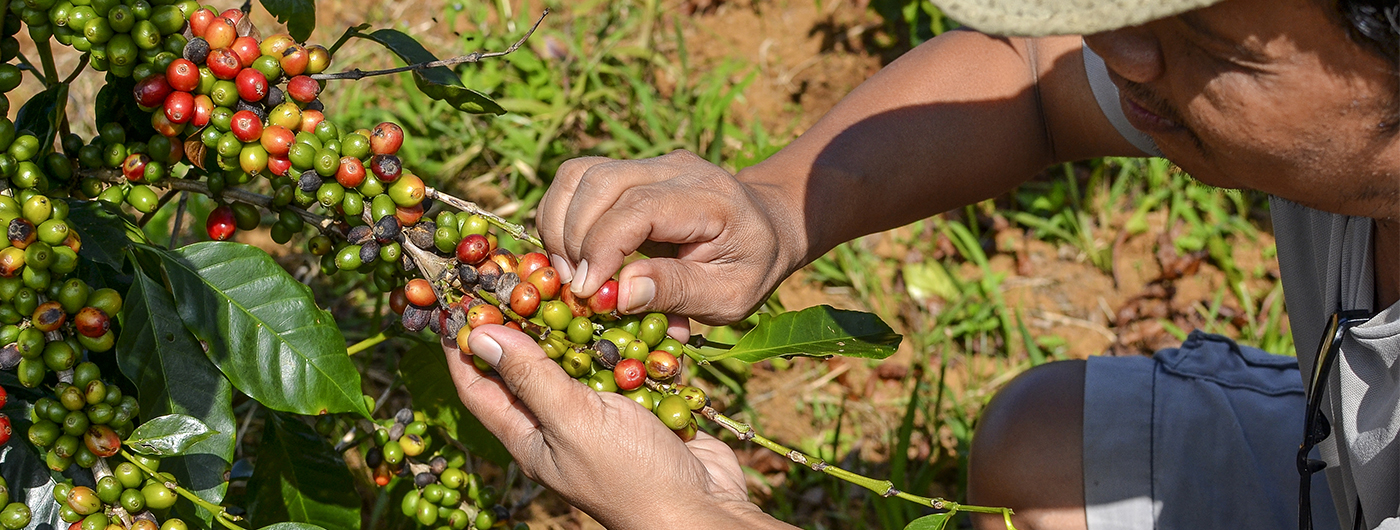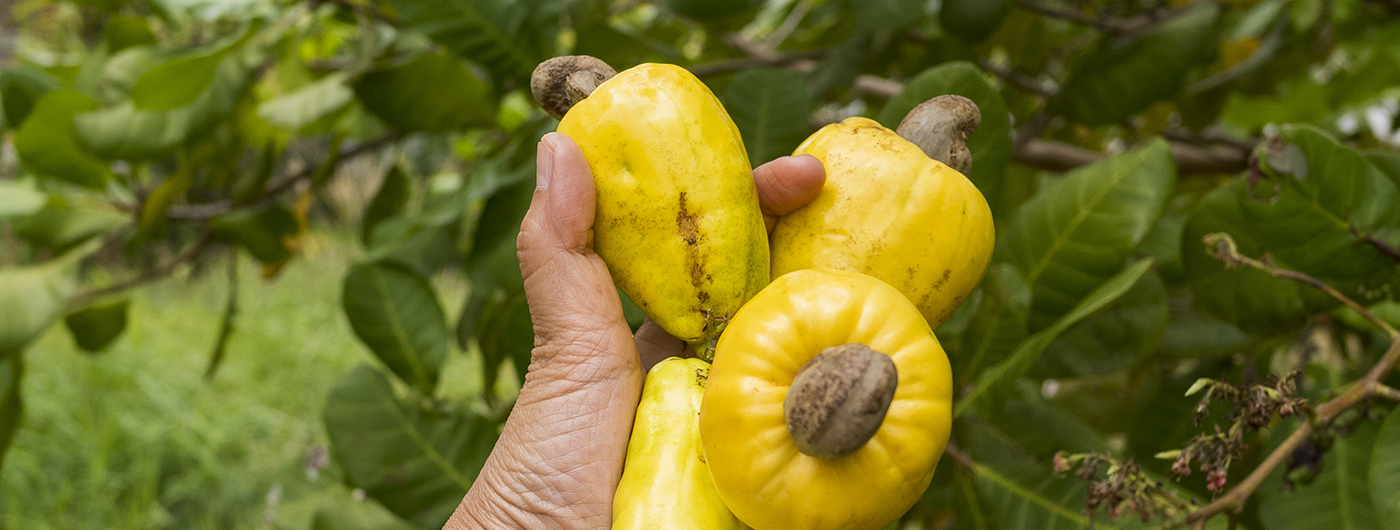

Coffee Market Analysis Report (08-10 October 2024)
This report provides a comprehensive overview of recent developments in the global coffee market, with a specific focus on the period from October 8 to October 10, 2024. The data highlights market dynamics, weather conditions, and coffee trade statistics from various regions, helping stakeholders understand current trends and potential impacts on future coffee production and prices.
Commitment of Traders Report (New York Arabica Coffee Market): From the data provided on October 8, 2024, the latest Commitment of Traders report reflects marginal adjustments in speculative positions:
– Managed Money Fund: Reduced net long positions by 1.86%, standing at 59,789 lots.
– Index Fund Sector: Increased net long positions by 1.71%, reaching 53,618 lots.
– Non-Commercial Speculative Sector: Notably decreased their net long positions by 2.21%, equivalent to 40,724 lots or approximately 11.5 million bags.
These changes likely correlate with softer trading conditions in the New York market, driven by external factors such as weather forecasts in Brazil, which project increased rainfall. The anticipated precipitation is viewed as beneficial for coffee producers in Brazil, as they prepare for the development of the 2025/26 crop following drier-than-normal conditions.
Global Coffee Supply and Demand: According to the International Coffee Organisation (ICO) data:
– Global coffee supply for the October 2023 to September 2024 year is estimated to be 5.83% lower than the previous year, with total production at 178 million bags.
– Global consumption, however, has increased by 2.25% year-on-year, reaching 177 million bags. This growth has been fueled by emerging coffee markets and rising local consumption in coffee-producing countries such as Brazil, Indonesia, and Vietnam.
For the month of August 2024, global coffee exports rose by 6.50%, reaching 10.92 million bags, with cumulative exports over the first eleven months of the coffee year showing a 9.90% increase. South America, particularly Brazil and Colombia, was the primary contributor to this growth. Brazil’s exports rose by 8.60%, while Colombia recorded a significant 13.40% increase in August exports compared to the same period last year.
Coffee Production Insights from Colombia: Data from the National Coffee Growers Federation of Colombia, as of October 9, 2024, indicates:
– Coffee production in September 2024 increased by 26.15% compared to the same month last year, reaching 1.071 million bags.
– Cumulative production for the October 2023 to September 2024 coffee year grew by 20.18% to 12.749 million bags.
Colombia’s coffee exports also saw robust growth, increasing by 19.34% in September 2024 and recording a cumulative increase of 10.09% for the entire coffee year, amounting to 11.806 million bags. The start of the new harvest season for the 2024/25 coffee year is underway, with improved production forecasts for both Colombia and Central American countries.
Brazilian Coffee Export Performance: As of October 10, 2024, the Coffee Exporters Association in Brazil (Cecafé) reported a strong performance in green coffee exports:
– Brazil’s September 2024 green coffee exports were 33.44% higher than the same month in 2023, totaling 4.11 million bags. Arabica exports grew by 31.82%, and Conilon robusta exports increased by 40.92%.
– Cumulative exports for the first three months of Brazil’s July 2024 to June 2025 coffee year reached 10.99 million bags, marking a 20.34% year-on-year increase.
This surge in Brazilian exports is critical for maintaining supply levels in Northern Hemisphere markets, where inventory levels are at a 10-week cover for arabica and 6-week cover for robusta, both of which are considered low.
Market Activity and External Influences: The coffee markets during this period were influenced by several key factors:
– Hurricane Milton: Initially classified as a category 4 storm and later upgraded to category 5, the hurricane made landfall on the west coast of Florida, adding volatility to both coffee and energy markets.
– Currency Movements: The U.S. Dollar reached its highest level in over seven weeks, influencing investor sentiment across commodity markets, including coffee. The dollar’s strength has exerted pressure on coffee prices, contributing to the overall softness observed in the market.
The London and New York coffee markets experienced volatility, with a significant portion of speculative long positions being liquidated, causing both markets to close on softer notes on October 8. However, by October 10, the New York market had recovered, ending the day with most of its earlier gains intact.


